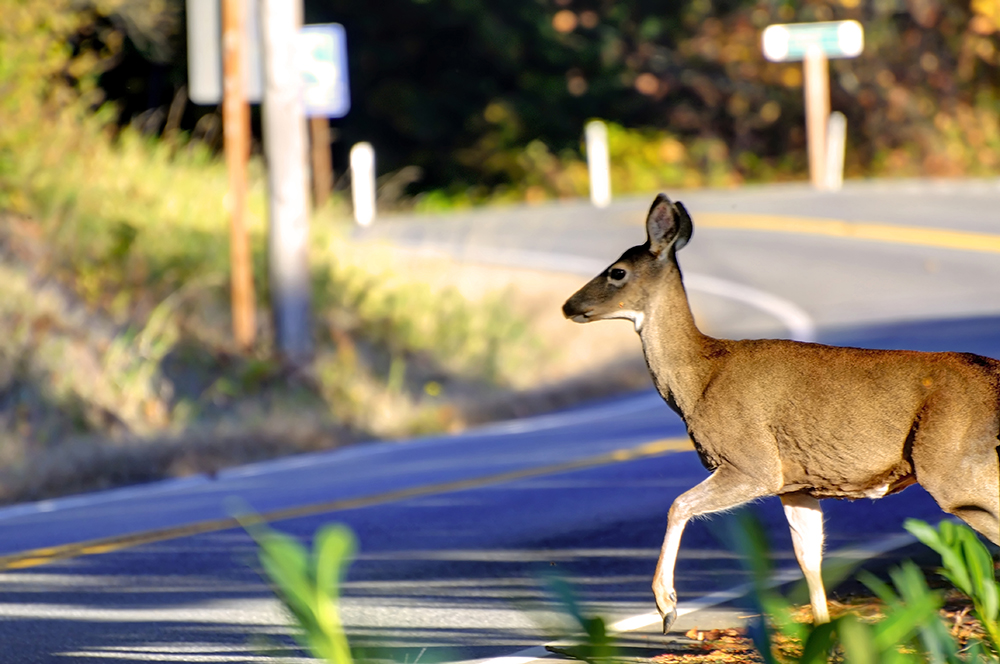
You’ve learned a little bit about the dangers of deer damage in our previous blog, Deer Damage 101. We gave you some advice about ways to avoid or reduce your risk of having a deer related collision including safely using high beams, traveling in the center lanes, and braking safely.
Since it’s officially fall again and that means deer are going to be on the move soon, we thought it would be a good time to delve into this topic a little further to give you more detailed information about deer-related accidents and how to avoid them in Missouri.
We looked into information specific to deer accidents in Missouri and found that the Missouri Statistical Analysis Center had compiled data about deer-related accidents that gave further insights into how, why and where deer accidents are most common.
Peak Season
Over half of deer crashes occurred between the months of October and December, with 25% of all crashes occurring in the month of November alone. This time coincides with the onset of hunting season, which many people believe is a significant contributing factor in the rise of deer-related crashes as deer are more active.
Peak Hours of the Day
Deer-related crash numbers are the highest during the hours of 6:00 – 7:00 am when many people are traveling to work in the morning, and 8:00 – 9:00 pm after sundown when visibility is very low but traffic has not completely settled down for the day. Keeping this in mind be sure to be on higher alert during these hours. Ensure you are obeying speed limits to give yourself time more time to brake safely to avoid a collision with a deer.
Beware in Rural Areas
Nearly 75% of deer related crashes occurred in rural areas, with 4 out of 5 occurring on State-maintained roadways. While urban areas have their fair share of deer related accidents, increased visibility from additional street and highway lighting as well as increased activity in highly populated areas seems to assist drivers in having time to avoid deer more easily. Rural areas tend to lack additional roadway lighting that would help drivers to see deer sooner, providing them more time to actively avoid a collision.
Exercise More Caution With Wet Roadway Conditions
While it goes without saying, wet roadways are just more dangerous for a number of reasons. Of those deer-related crashes that resulted in fatalities, all were reported when road conditions were wet. Wet roadways reduce visibility and the amount of control a driver has on his or her ability to stop safely. If you’re traveling on wet roads this fall, be sure to slow down sufficiently and drive cautiously as the wet roads aren’t the only obstacle you may come across.
As we begin to see more deer on our roadways, put this additional information about the ins and outs of deer season to use in reducing the risk for yourself, those you love, and your fellow drivers. Schaefer Autobody encourages everyone to drive safely this fall and enjoy everything this beautiful season has to offer.

